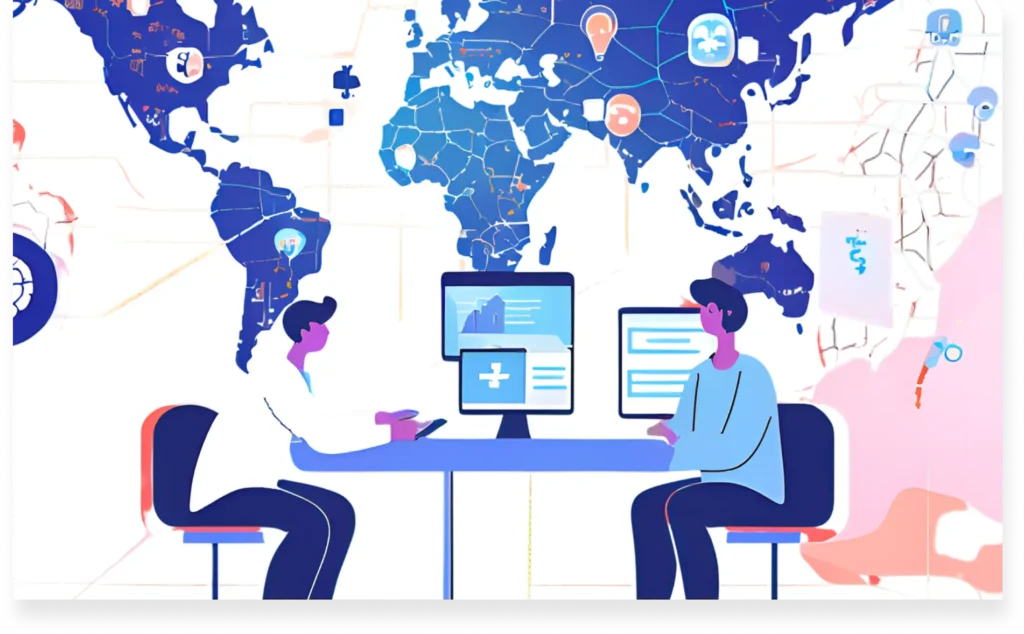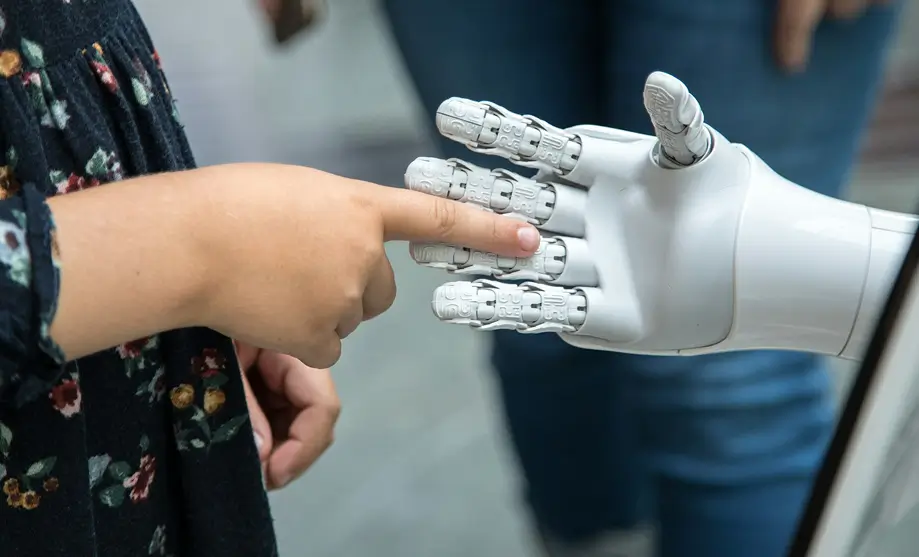
“Sa panahon ngayon, ang mga kagamitan tulad ng ChatGPT, Google Translate, at Gemini ay nasa harapan ng pagbabago, nagiging hindi maiiwasan para sa mga tao sa lahat ng edad. Wala na ang mga araw ng paghihirap sa pag-unawa kung ano ang sinasabi ng isang tanda o ng isang tao na nagsasalita sa ibang wika.”
Does that sound a bit wonky to you? Perhaps awkward or wordy? If you understand Filipino, you will get the sense that this statement needs some tweaking.
These sentences were translated from English using an AI tool. While it was able to deliver the gist for the most part, its construction sounds a bit too literal and rather weird sounding. This has been a common occurrence in AI translation, although further developments have made it rare compared to its early days.
As the world becomes more globalized, effective communication has become increasingly important, regardless of location and language. However, with the rise of AI, these geographical and linguistic barriers have started to crumble. The tools mentioned above became daily instruments that bridge communication and knowledge gaps. Moreover, they have significantly enhanced people’s understanding of things—particularly languages—that used to be unfamiliar.
However, while significant progress has been made in AI development for the localization industry, some quirks and blunders here and there cannot be helped. After all, this technology is perpetually learning.

In the field of localization, AI’s strengths go beyond producing outputs in seconds and handling large amounts of text. Thanks to machine translation, tools and systems constantly improve as they learn from corrections, becoming more accurate and humanlike over time. This never-ending cycle of development has allowed AI to become useful in translation, editing, and interpretation.
AI shines because of its efficiency and cost-effectiveness. It became a game-changer for everyday use, either by ordinary people or industries. Whether it is translating the product description in a shampoo bottle or helping small businesses have a wider reach by localizing their websites, AI offers quick, affordable solutions that allow individuals and companies alike to enter the global scene.
In the late 1980s, KFC made a hilarious but definitely intriguing translation blunder while trying to expand in China. KFC’s famous tagline “It’s finger-lickin’ good” was translated into Chinese as “Eat your fingers off.” Still catchy, but not as appetizing.
Much like human translation, AI translation also has its fair share of missteps and limitations. When texts are heavily nuanced, AI often fails to catch the context and the deeper meaning behind the words, resulting in literal translations.
In a medical assessment form we handled previously, “시력,” which means “vision” or “visual acuity,” was incorrectly translated as “Poetry.” The same was true for another document that detailed industrial standards. “연선 자신은 이것을 이어서는 안 된다” became “Yeonseon herself should not continue this,” when it should have been “The strand itself shall not be connected.” Somehow, a random new character named Yeonseon entered the narrative of a formal mechanical report.
Other times, AI falters in capturing the right tone, style, and subtleties of natural human expressions. It also struggles with accuracy, especially for specific names or field-specific jargon. Take, for example, this one file that incorrectly translated South Korea’s National Health Insurance Service into just “public health institution,” or the renowned cultural heritage site “Local Clerk’s House (National Folklore Cultural Heritage No. 100)” as “Hyangri House 100.”
These errors may seem funny, but they can also be detrimental. So, how do we address these errors, and can these be prevented?

In its early years, AI translation tools struggled to produce quality output—so much so that a quick web search of “machine translation fails” will lead you to pages upon pages of funny mistakes. Over the years, AI has progressed exponentially, resulting in better, more accurate results—all because of humans.
There is a controversial notion that AI will replace us, but with the technology’s limitations, as you’ve read above, this is simply not the case. AI will not thrive without human intervention. It has to gain knowledge from and be trained by someone to function well.
In localization, humans work hand in hand with AI. Humans correct the latter’s mistakes and provide contextual understanding, cultural sensitivity, and unmatched creative flair. In turn, AI offers efficiency in handling repetitive tasks and accommodates tedious workloads with ease. Together, this powerful partnership works wonders for the future of the industry.
Ultimately, making AI work for the localization field is all about respecting the balance—knowing when to use this technology to your advantage and understanding the constant need for human expertise.
AI’s precision, paired with the human touch, brings more meaning, emotion, and relevance to every text. This connection between human sensibility and technology paves the way for a world where communication knows no boundaries yet never loses its heart.

The Promise and Pitfalls of AI Translation